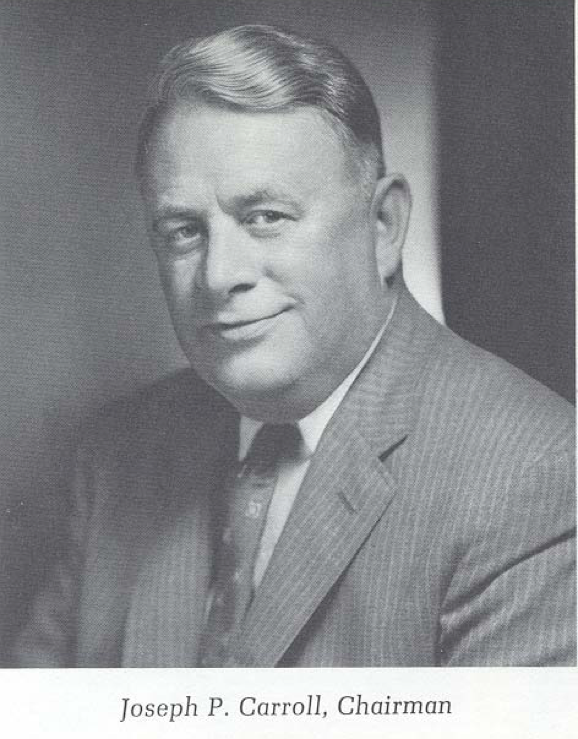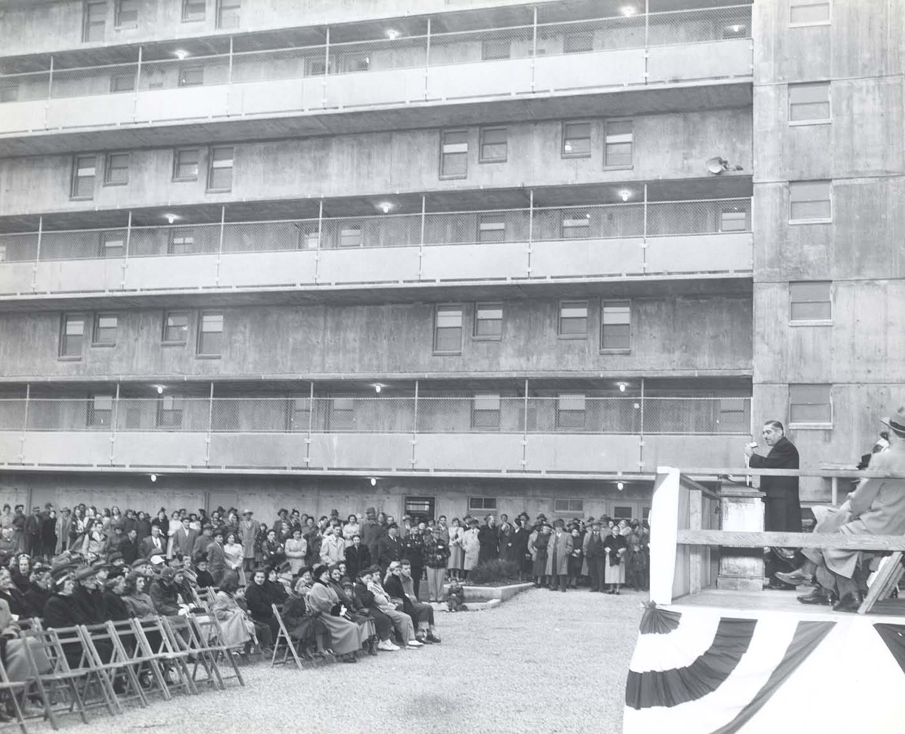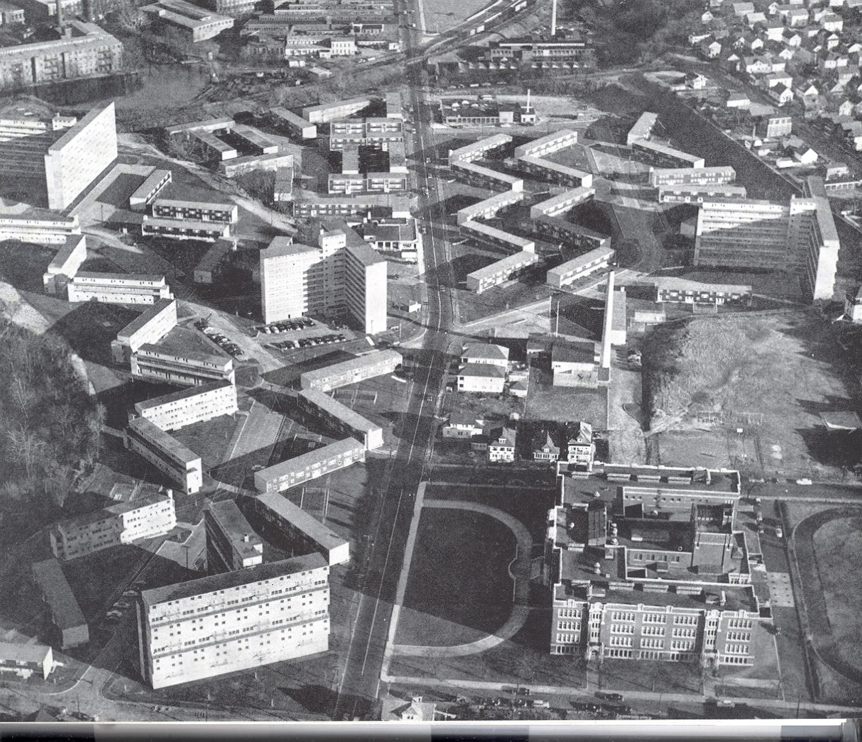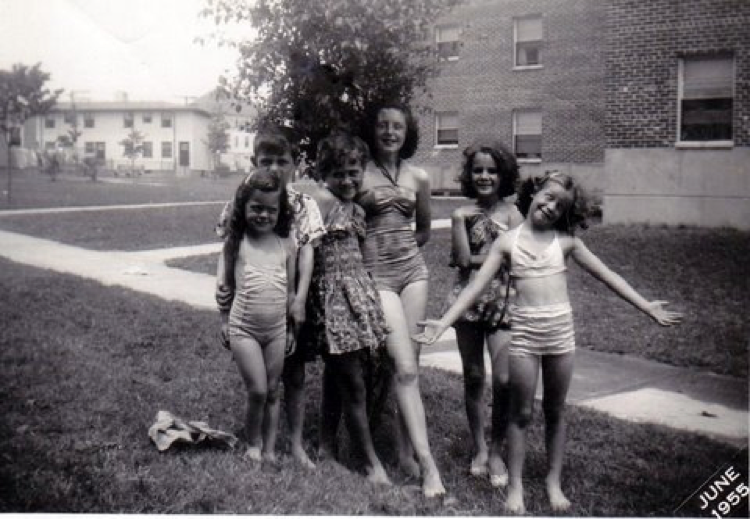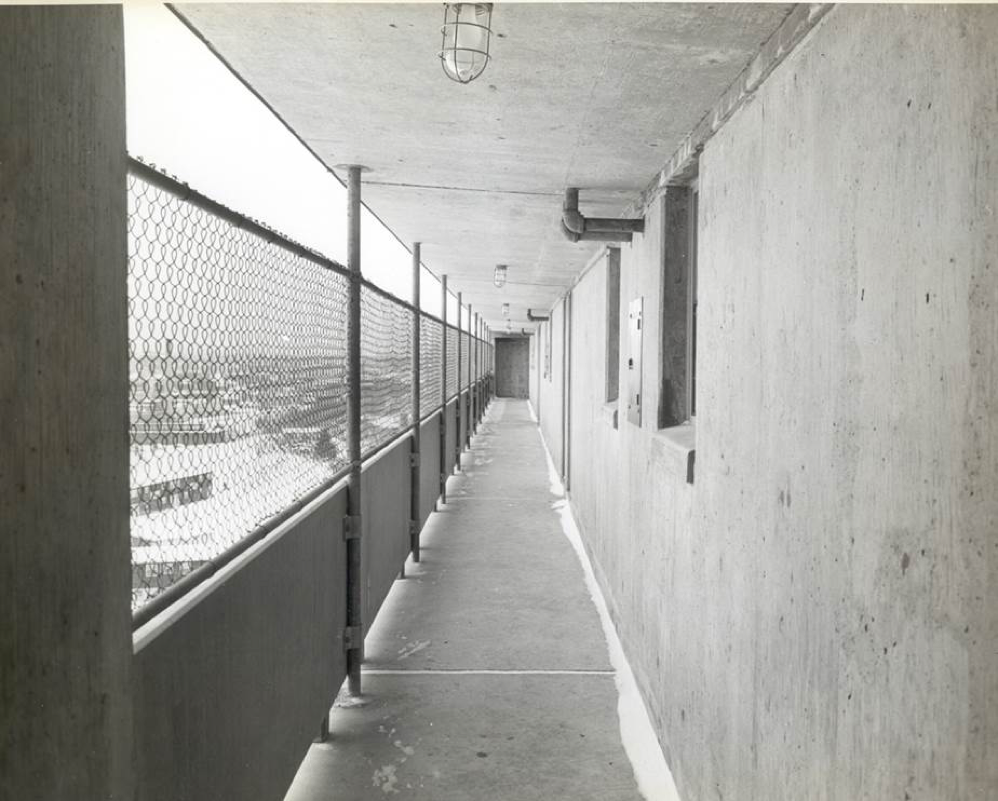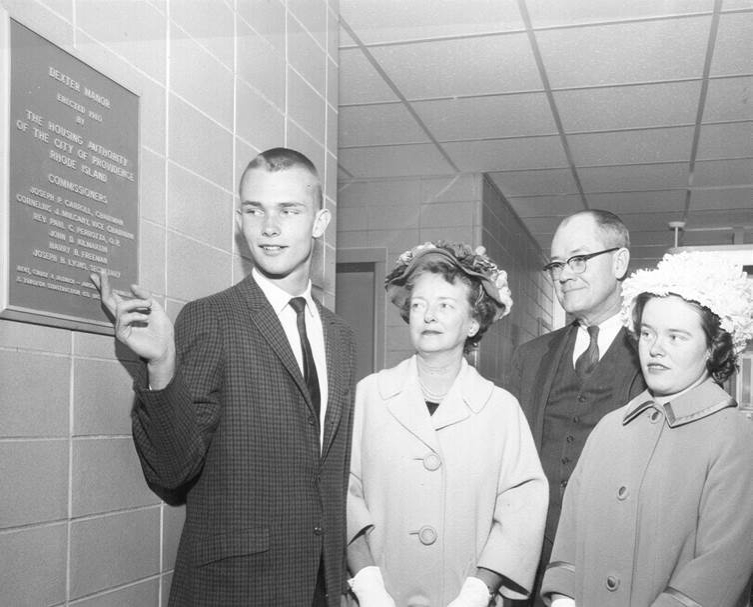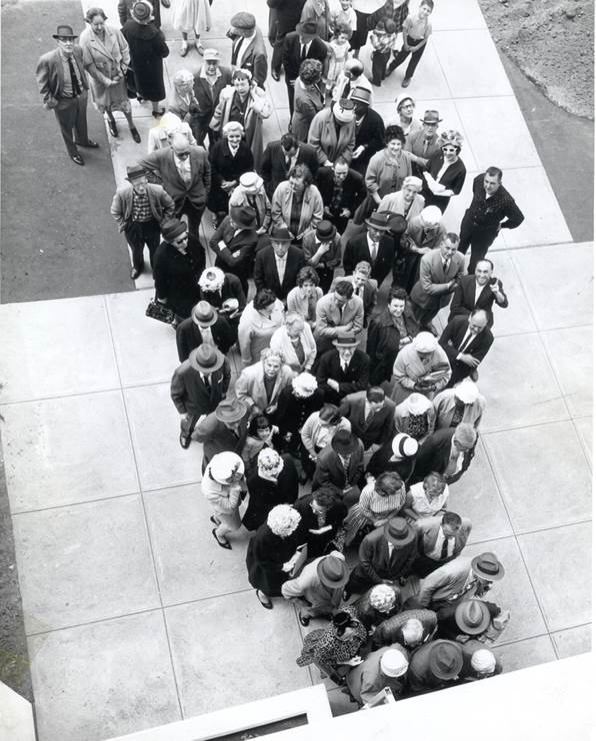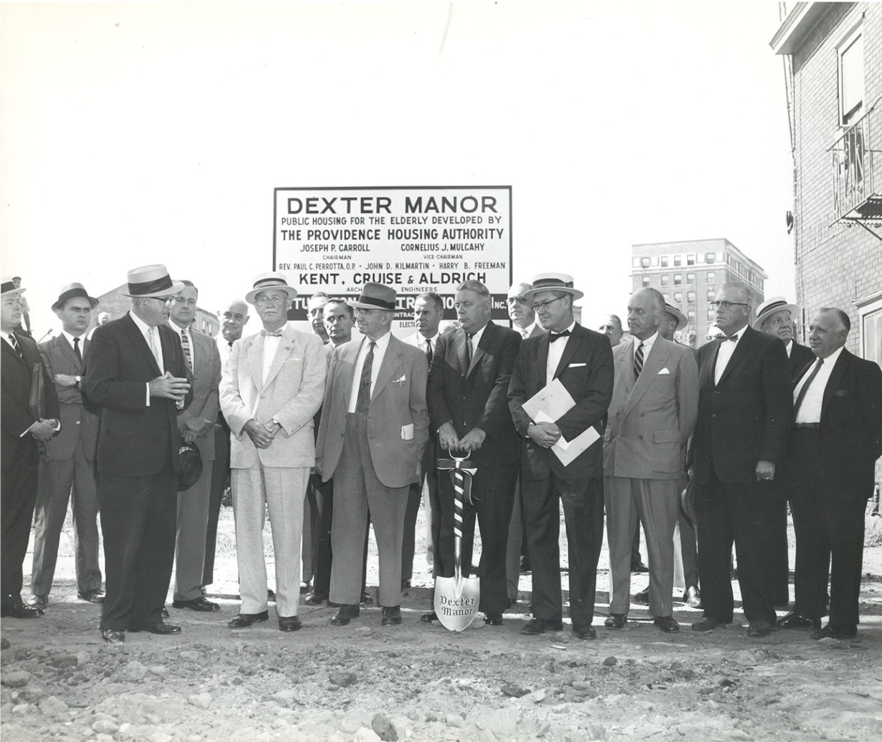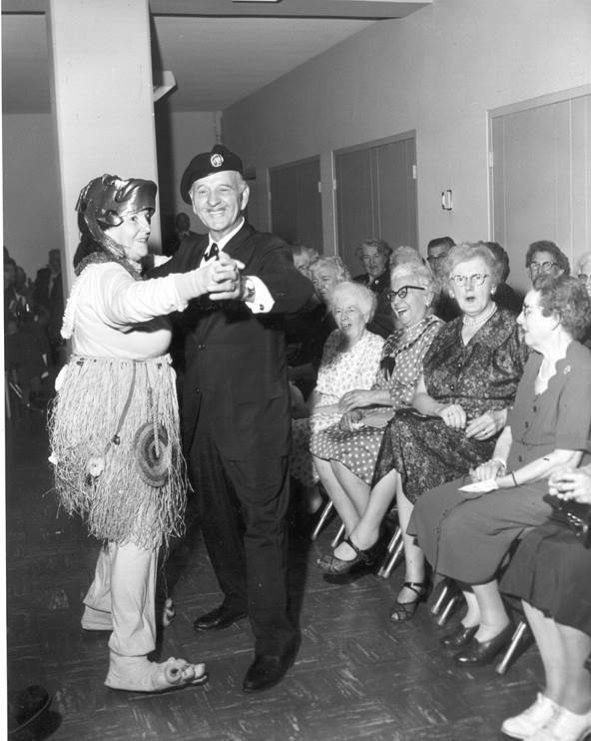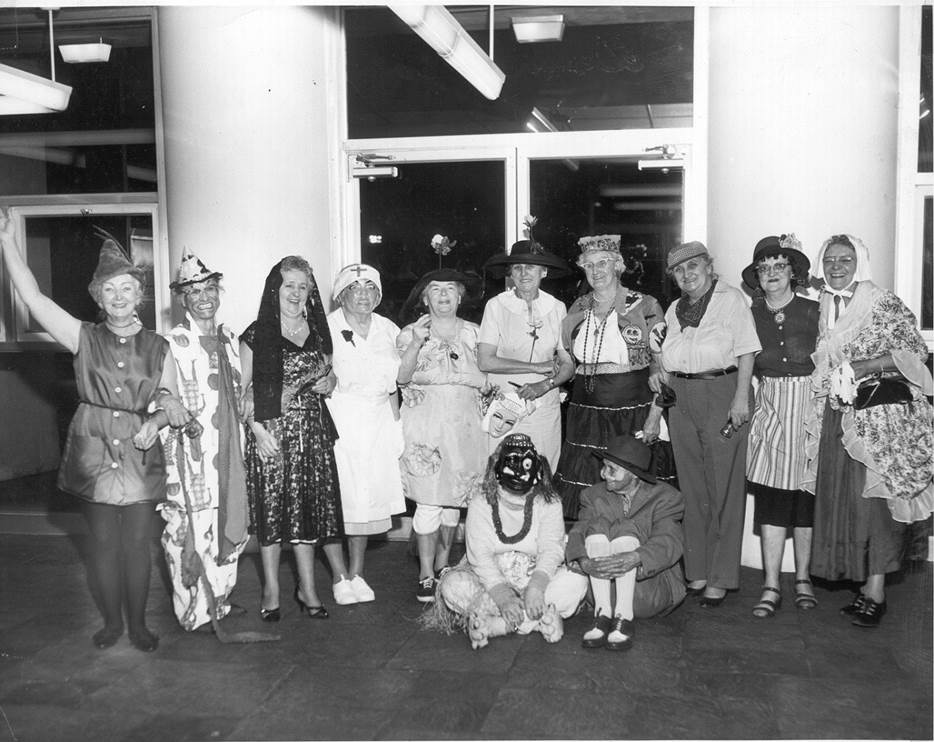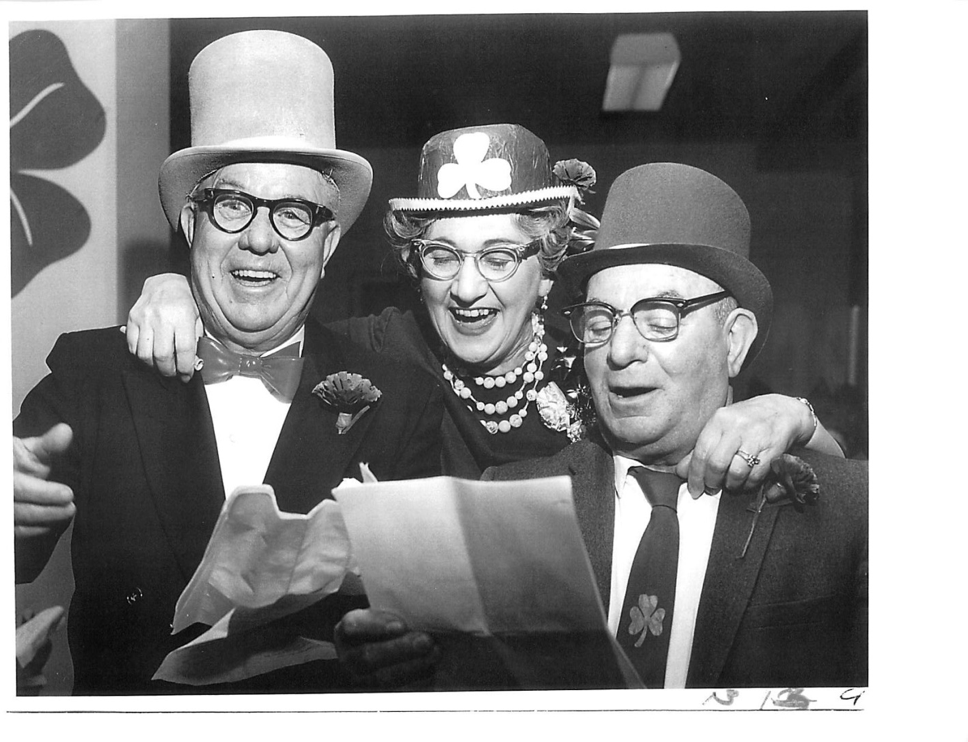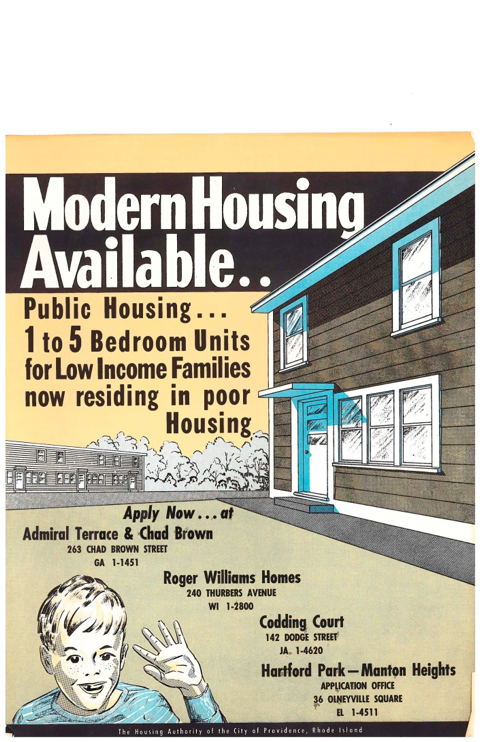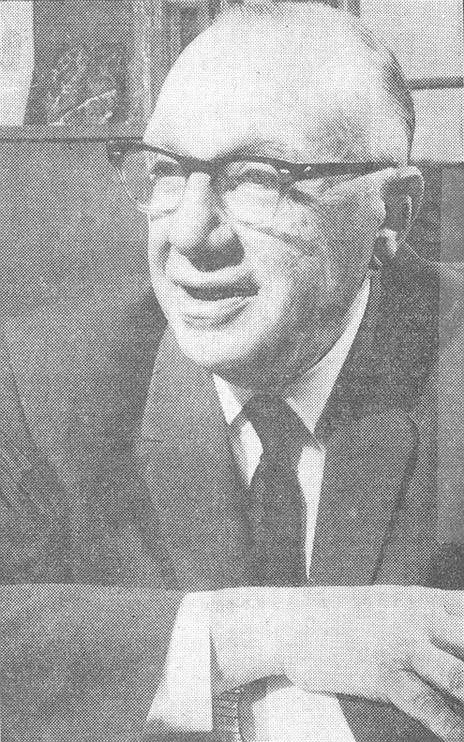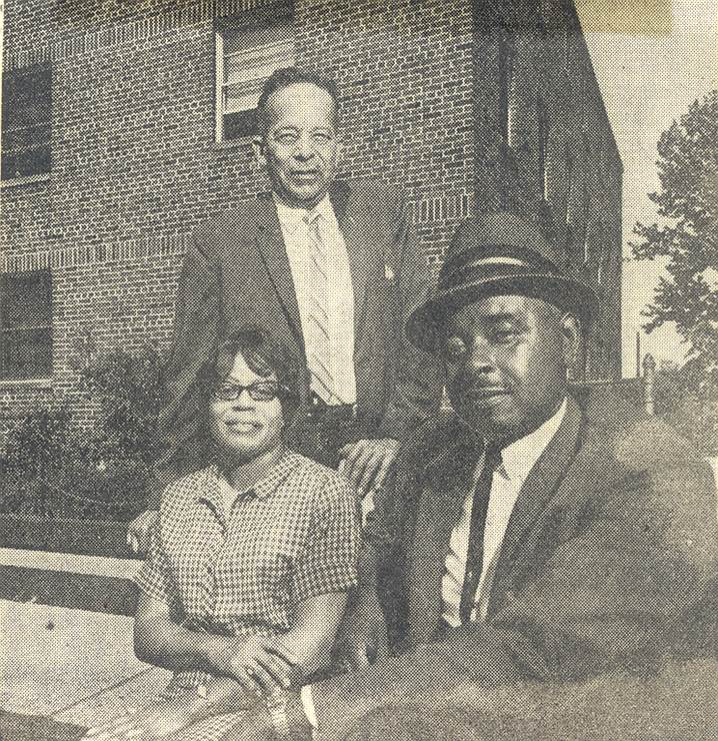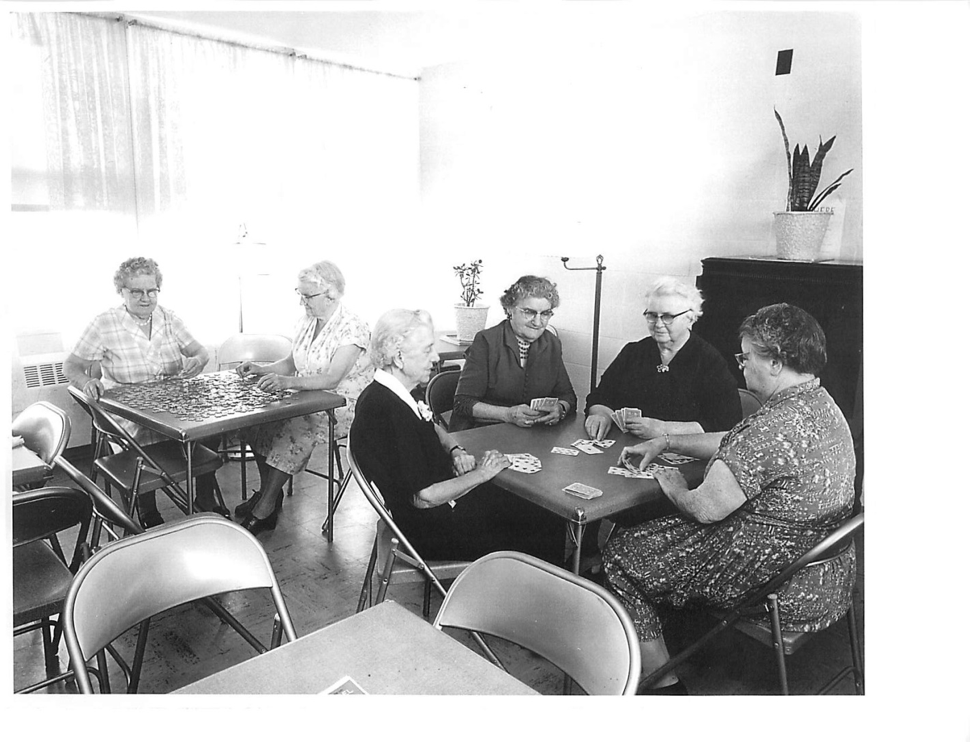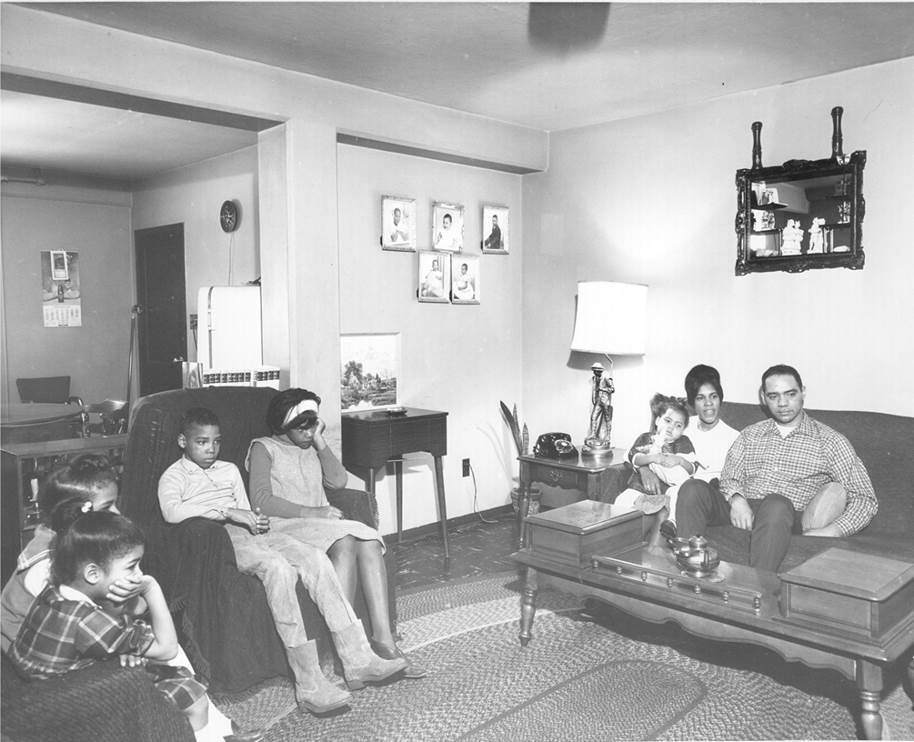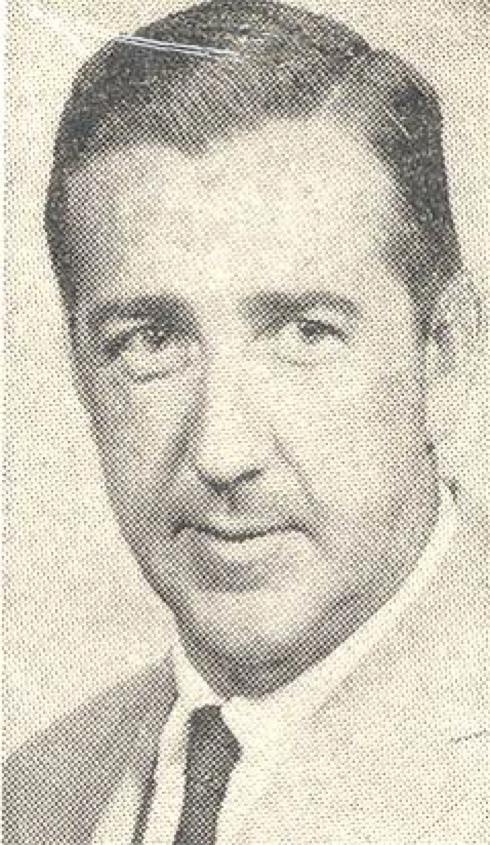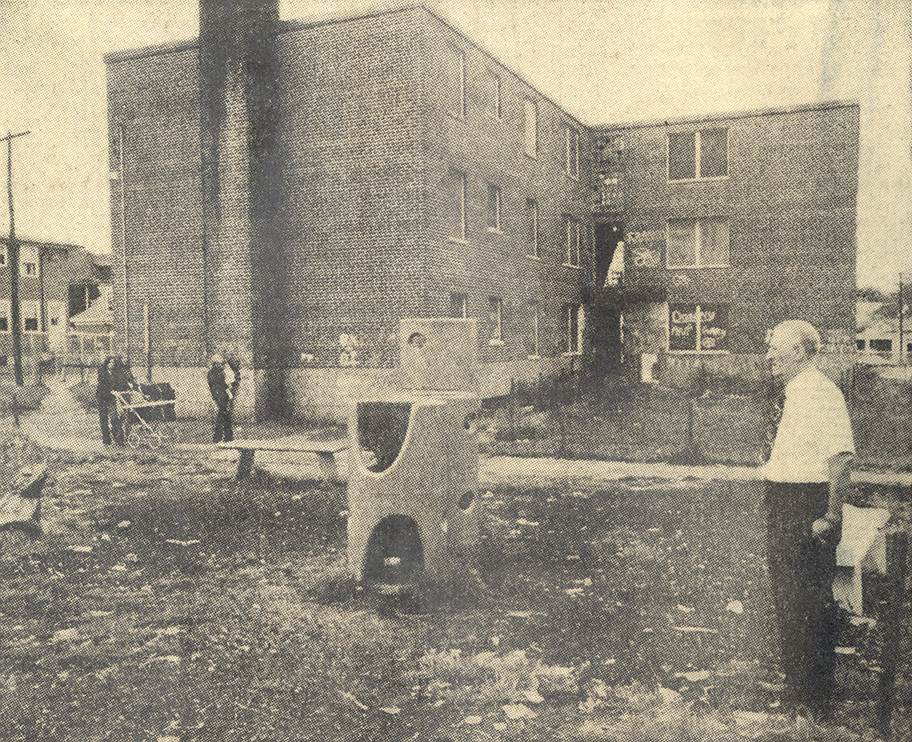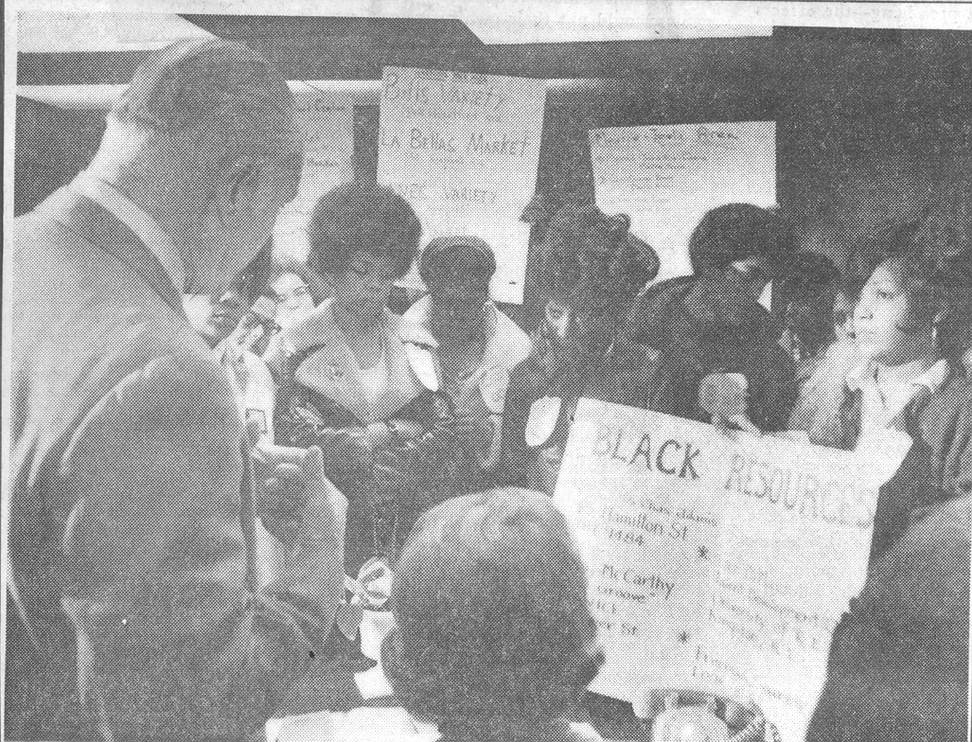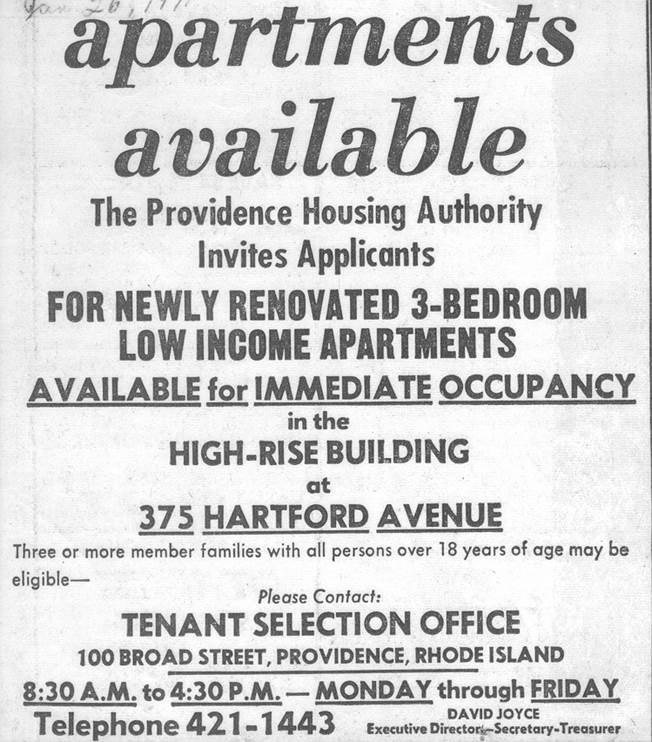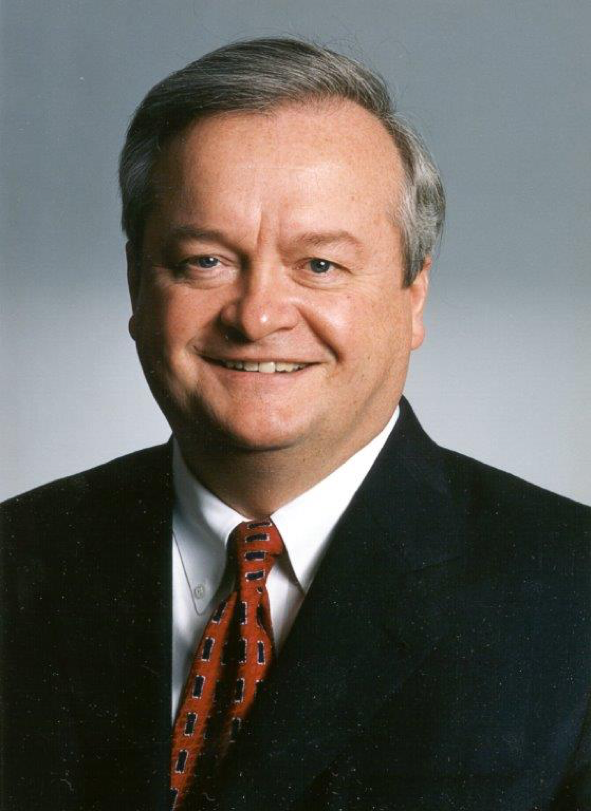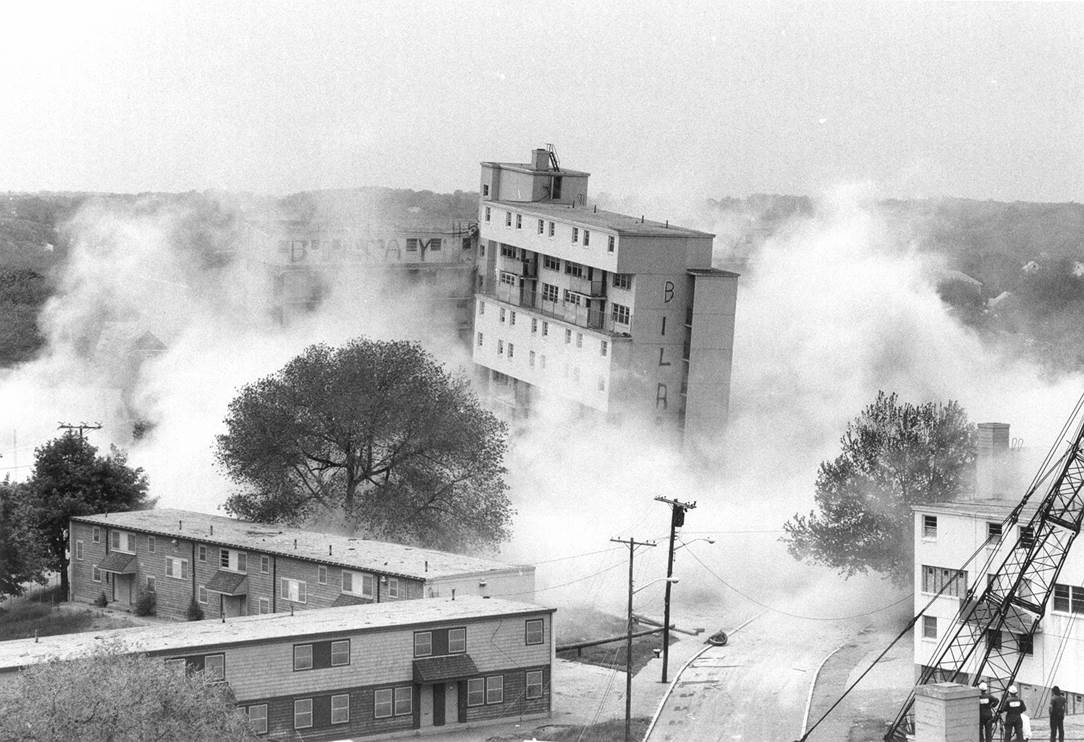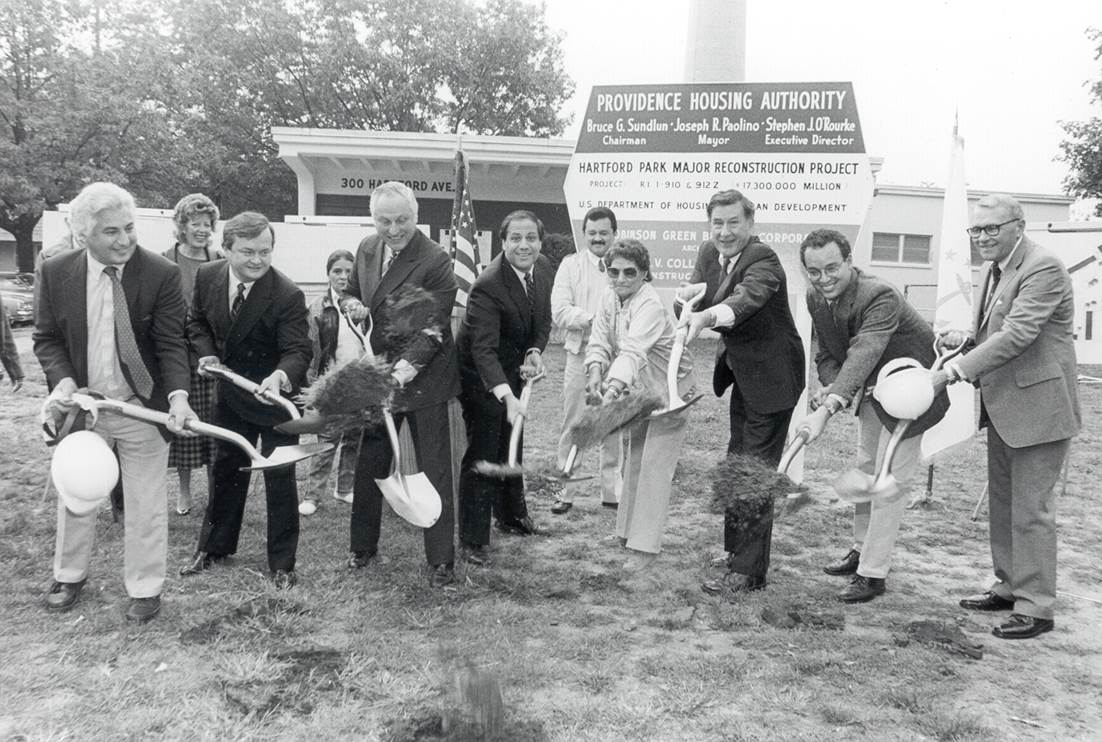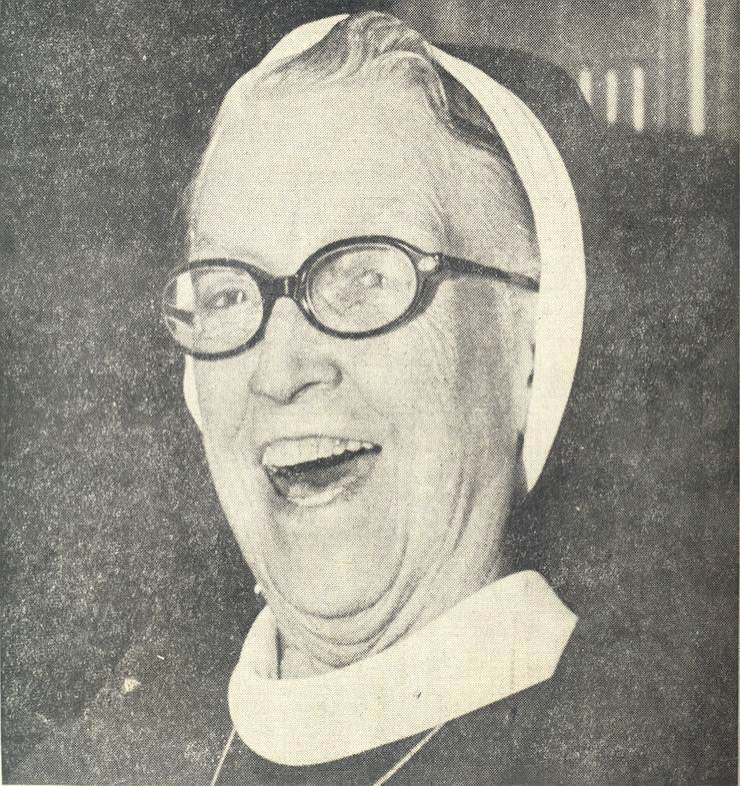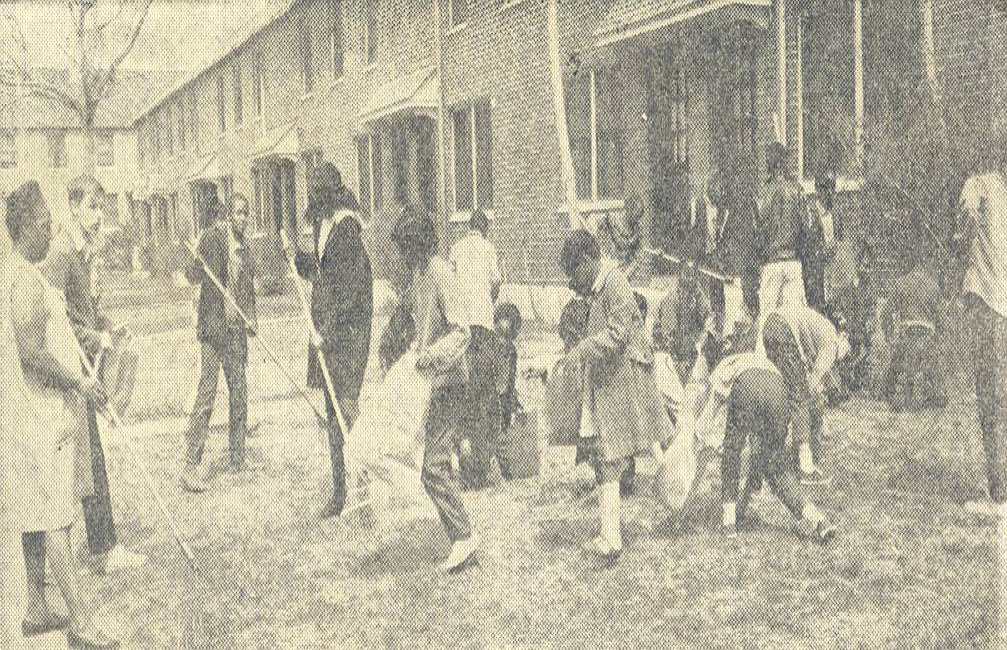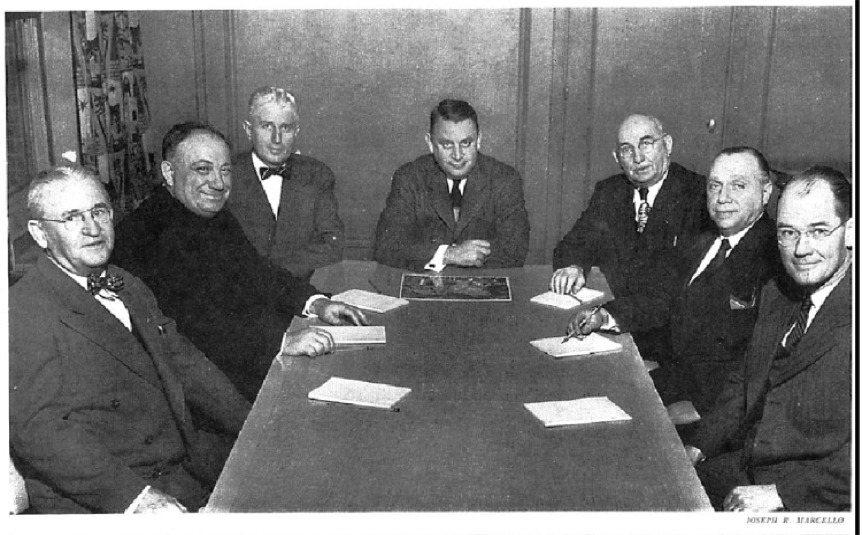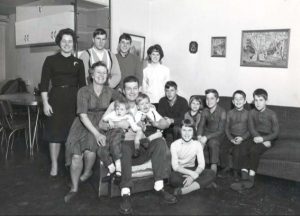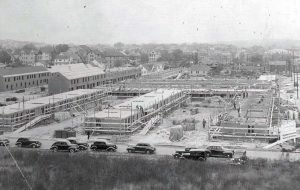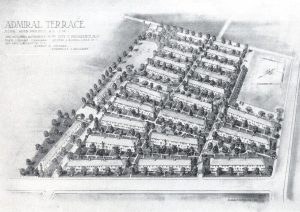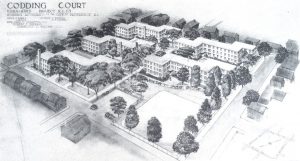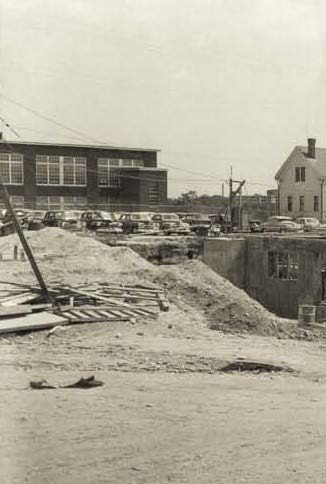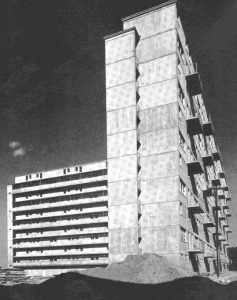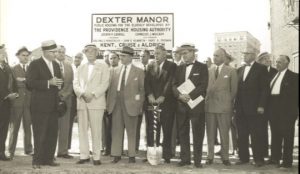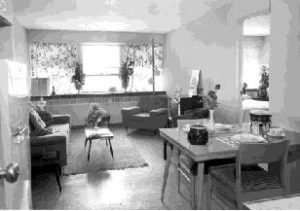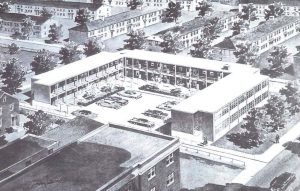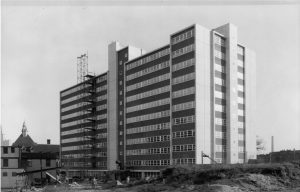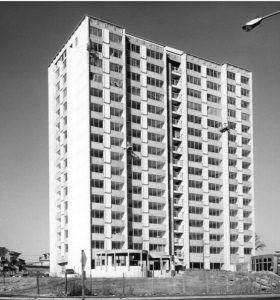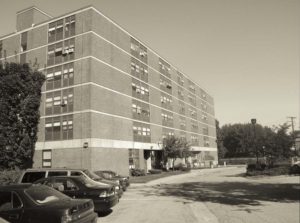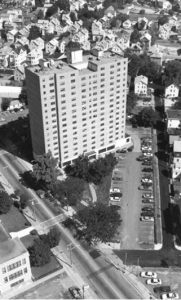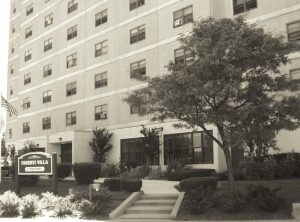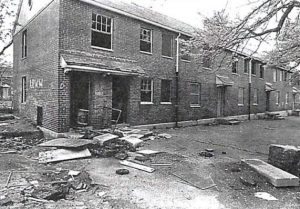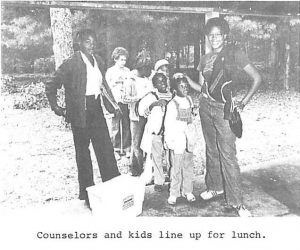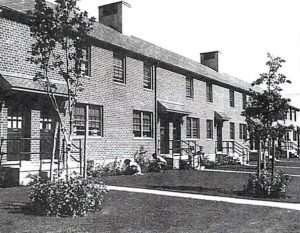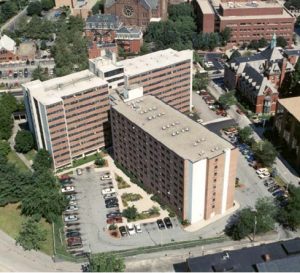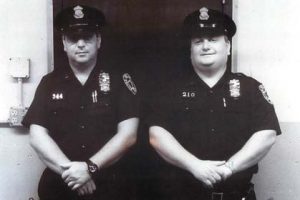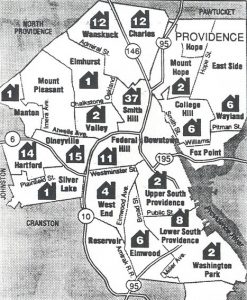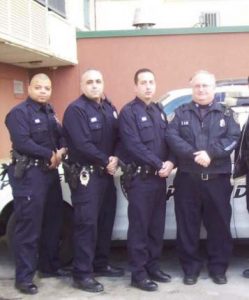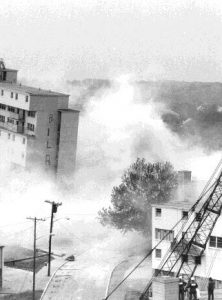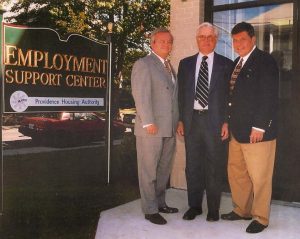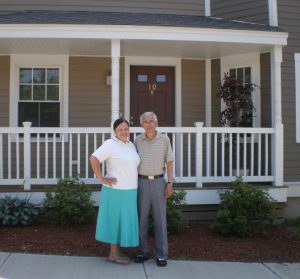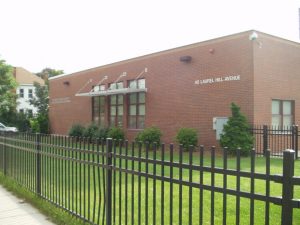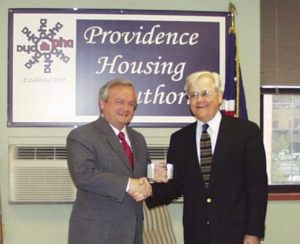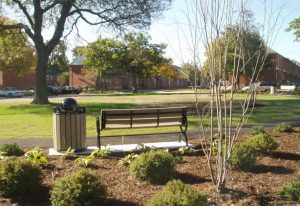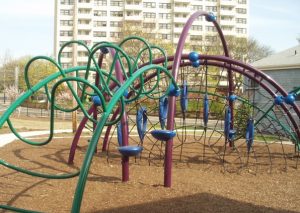Our History
In 1939, the PHA was officially established to provide affordable, clean and decent public housing to poor, working families who lived in the deplorable slums of that era. Over a 58 year period, the PHA constructed more than 2,600 units of public housing throughout this great city. Since 1976, the PHA has come to administer over 2,700 Section 8 vouchers.
The PHA’s devotion to provide housing and services to those in need is persistent, enduring, and innovative. The agency’s commitment to be a better neighbor, to actively pursue ways to improve the health and safety of our residents, to strategically align visions with our community partners and to help people grow has never waned. The PHA, its staff and residents, look forward to continuing to provide homes and service to the greater Providence area.
Currently, the PHA administers 2,601 public housing units that house over 5,500 residents. These units are designated as elderly/disabled, family, and scattered sites developments. It oversees the administration of 2,700 Section 8 tenant based and project based vouchers that generally allow low-income families to rent in the private market.
The PHA is a quasi-governmental organization, governed by a Board of Commissioners appointed by the Mayor and Providence City Council, and run by an Executive Director who reports to the Board.
PHA History Timeline
1939
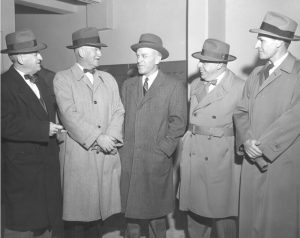
With more than 40,000 of its residents on some form of public assistance, and one-third of its housing substandard, the Providence Common Council on June 16, 1939, passes the Joint Resolution
176. On July 14, David J. Barry is elected as the first Chairman of the Board and James McDonald as Executive Director. On November 8, 1939, the Providence Housing Authority is officially established.
1943
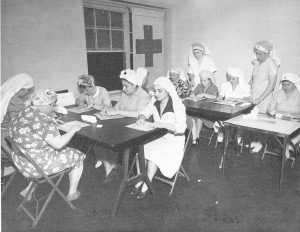
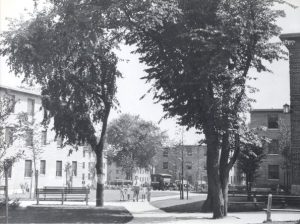 With more than 40,000 of its residents on some form of public assistance, and one-third of its housing substandard, the Providence Common Council on June 16, 1939, passes the Joint Resolution
With more than 40,000 of its residents on some form of public assistance, and one-third of its housing substandard, the Providence Common Council on June 16, 1939, passes the Joint Resolution
176. On July 14, David J. Barry is elected as the first Chairman of the Board and James McDonald as Executive Director. On November 8, 1939, the Providence Housing Authority is officially established.
1968
Affairs Board (which is known today as the Resident Advisory Board).
1970
- Edna Rowley from Dexter Manor
- Mary Peckham from Hartford Park—advocate for the elderly and champion of the efforts to build a HP community center, and;
- William B. Cooley from Roger Williams—the director of Rhode Island College’s talent development.
Their appointments expand the Board from five to nine members.
1971
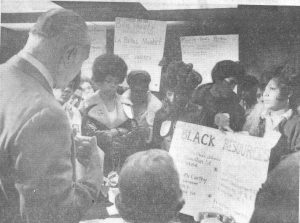 In 1971, PHA residents hold a rent strike demanding more security. Demonstrators protest in the office of Providence Police Chief Walter McQueeny.
In 1971, PHA residents hold a rent strike demanding more security. Demonstrators protest in the office of Providence Police Chief Walter McQueeny.
In response, the City and the Providence Police Department instituted the Community Protection Officer Program (CPO) with 22 officers to police and patrol the public housing sites—on foot and without weapons. The CPO is also used to recruit and train young officers for the police academy.
1990
1993
1998
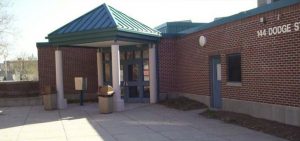 In 1997, Codding Court’s new Community Center is completed and opened.
In 1997, Codding Court’s new Community Center is completed and opened.Modernization and construction of Manton Heights, Hartford Park and Scattered Sites are completed in 1997. At Roger Williams Park Casino, the PHA receives more than 5,000 applications for the Section 8 and Public Housing waiting lists. This marks the last time the PHA’s Section 8 list was open.
2003
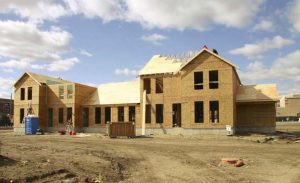 In 2003, construction begins at Williams Woods, located at the previously abandoned/demolished Roger Williams development. The PHA’s population is increased by nearly 47% from 3,936 in 1990 to 5,773 residents due to the of modernization programs at Manton Heights, Hartford Park, Codding Court and Scattered Sites.
In 2003, construction begins at Williams Woods, located at the previously abandoned/demolished Roger Williams development. The PHA’s population is increased by nearly 47% from 3,936 in 1990 to 5,773 residents due to the of modernization programs at Manton Heights, Hartford Park, Codding Court and Scattered Sites.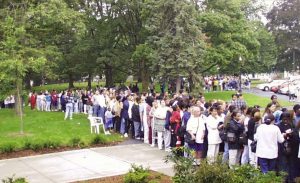
2007
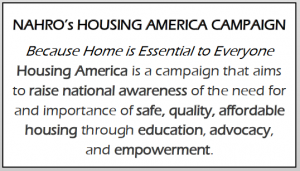 The Housing America Campaign attracts 200 residents, politicians and housing authority directors in support of the public housing program.
The Housing America Campaign attracts 200 residents, politicians and housing authority directors in support of the public housing program.
The PHA’s history book is written and published by Paul Campbell. Thanks to the collaboration efforts of the PHA and Winn Development Company, the Williams Woods housing development is completed with 65 units of two and three bedroom townhomes.
2010
 In 2010, the PHA is awarded $250,000 in HUD’s Choice Neighborhood Initiative Planning Grant funds. The PHA was one of the nation’s first Planning Grantees and collaborated with Olneyville Housing Corporation, the City’s Planning & Redevelopment Department, Rhode Island’s Local Initiatives Support Corporation, Meeting Street and Trinity Financial to comprehensively plan the revitalization strategy of the entire Olneyville neighborhood while simultaneously unifying the Manton Heights public housing site. In June 2014, the planning team, with the help of EJP Consulting Group, successfully submitted the Build Olneyville Plan (which can be found at
In 2010, the PHA is awarded $250,000 in HUD’s Choice Neighborhood Initiative Planning Grant funds. The PHA was one of the nation’s first Planning Grantees and collaborated with Olneyville Housing Corporation, the City’s Planning & Redevelopment Department, Rhode Island’s Local Initiatives Support Corporation, Meeting Street and Trinity Financial to comprehensively plan the revitalization strategy of the entire Olneyville neighborhood while simultaneously unifying the Manton Heights public housing site. In June 2014, the planning team, with the help of EJP Consulting Group, successfully submitted the Build Olneyville Plan (which can be found at2011
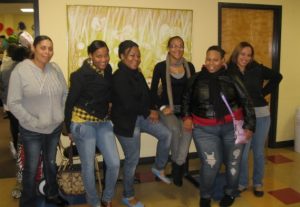
 The PHA’s Family Success Center (FSC) is established to create opportunities for low-income PHA families to attain financial stability and long-term economic success. The PHA’s FSC is one of only five operating FSCs in the state and is considered a high performer. In 2011, the PHA established the first phase of its Smoke-Free Policy in 5 elderly and disabled high-rises. The PHA is recognized as a leader in the national smoke free public housing movement.
The PHA’s Family Success Center (FSC) is established to create opportunities for low-income PHA families to attain financial stability and long-term economic success. The PHA’s FSC is one of only five operating FSCs in the state and is considered a high performer. In 2011, the PHA established the first phase of its Smoke-Free Policy in 5 elderly and disabled high-rises. The PHA is recognized as a leader in the national smoke free public housing movement.2012
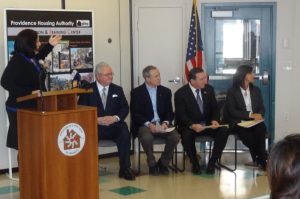 The PHA’s Education & Training Center (ETC) opens at the Codding Court Community Center in order to expand adult basic education and job training opportunities for residents. The PHA installs solar panels to produce domestic hot water at Sunset Village in efforts to save on utility costs and be more environmentally and energy efficient.
The PHA’s Education & Training Center (ETC) opens at the Codding Court Community Center in order to expand adult basic education and job training opportunities for residents. The PHA installs solar panels to produce domestic hot water at Sunset Village in efforts to save on utility costs and be more environmentally and energy efficient.2013

 For the first time in
For the first time in 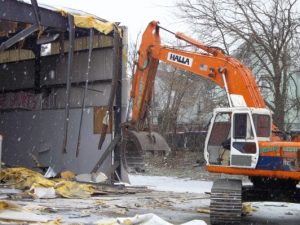 the agency’s history, the PHA is awarded NAHRO’s Award of Excellence for the Smoke-Free Documentary. The documentary was created to share the PHA’s successes and challenges with implementing a smoking ban and it also promoted healthy housing initiatives among other housing providers.
the agency’s history, the PHA is awarded NAHRO’s Award of Excellence for the Smoke-Free Documentary. The documentary was created to share the PHA’s successes and challenges with implementing a smoking ban and it also promoted healthy housing initiatives among other housing providers.
The Hartford Park gym which was built in 1974 was demolished.













